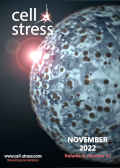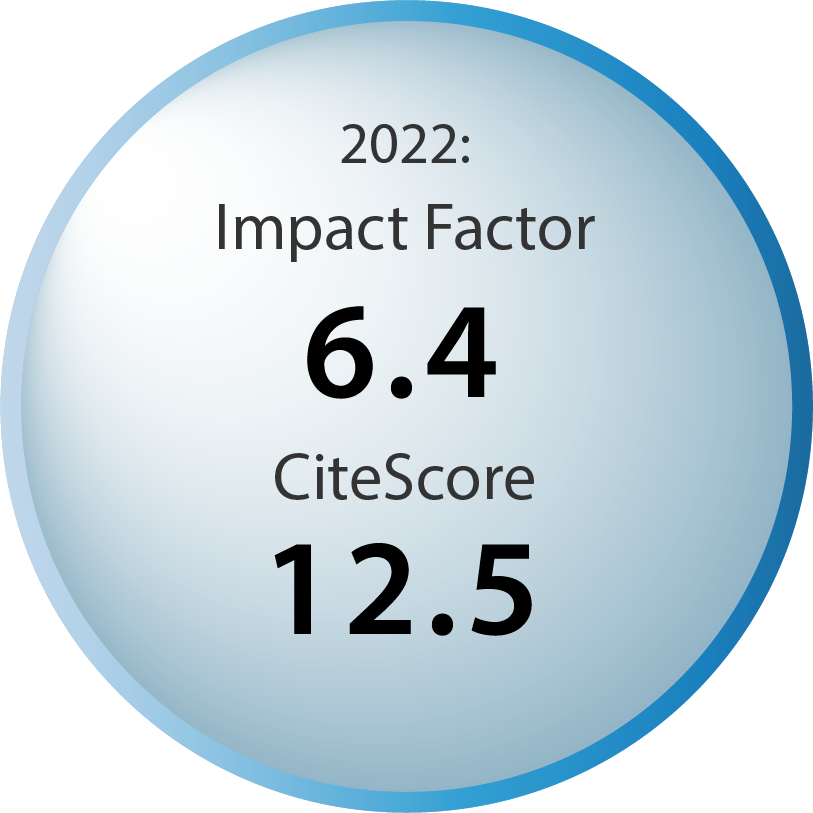Table of contents
Volume 6, Issue 11, pp. 89 - 92, November 2022
Cover: This month in
Cell Stress: Myeloma cell surface proteome to reveal novel targets for therapy. Image shows 3D rendering of a T cell surface. Public domain image via
flickr.com. Image modified by
Cell Stress. The cover is published under the
CC BY 4.0 license.
Enlarge issue cover
Unraveling the surface proteomic profile of multiple myeloma to reveal new immunotherapeutic targets and markers of drug resistance
Bonell Patiño-Escobar, Ian D. Ferguson, Arun P. Wiita
Microreviews |
page 89-92 | 10.15698/cst2022.11.273 | Full text | PDF |
Abstract
The cell surface proteome (“surfaceome”) serves as the interface between diseased cells and their local microenvironment. In cancer, this compartment is critical not only for defining tumor biology but also serves as a rich source of potential therapeutic targets and diagnostic markers. Recently, we profiled the surfaceome of the blood cancer multiple myeloma, an incurable plasma cell malignancy. While available small molecule agents can drive initial remissions in myeloma, resistance inevitably occurs. Several new classes of immunotherapies targeting myeloma surface antigens, including antibody therapeutics and chimeric antigen receptor (CAR) T-cells, can further prolong survival. However, new approaches are still needed for those who relapse. We thus applied the glycoprotein cell surface capture (CSC) methodology to panel of multiple myeloma cell lines, identifying key surface protein features of malignant plasma cells. We characterized the most abundant surface proteins on plasma cells, nominating CD48 as a high-density antigen favorable for a possible avidity-based strategy to enhance CAR-T efficacy. After chronic resistance to proteasome inhibitors, a first-line therapy, we found significant alterations in the surface profile of myeloma cells, including down-regulation of CD50, CD361/EVI2B, and CD53, while resistance to another first-line therapy, lenalidomide, drove increases in CD33 and CD45/PTPRC. In contrast, short-term treatment with lenalidomide led to upregulation of the surface antigen MUC-1, thereby enhancing efficacy of MUC-1 targeting CAR-T cells. Integrating our proteomics data with available transcriptome datasets, we developed a scoring system to rank potential standalone immunotherapy targets. Novel targets of interest included CCR10, TXNDC11, and LILRB4. We developed proof-of-principle CAR-T cells versus CCR10 using its natural ligand, CCL27, as an antigen recognition domain. Finally, we developed a “miniaturized” version of the CSC methodology and applied it to primary myeloma patient specimens. Overall, our work creates a unique resource for the myeloma community. This study also supports unbiased surface proteomic profiling as a fruitful strategy for identifying new therapeutic targets and markers of drug resistance, that could have utility in improving myeloma patient outcomes. Similar approaches could be readily applied to additional tumor types or even models/tissues derived from other diseases.



